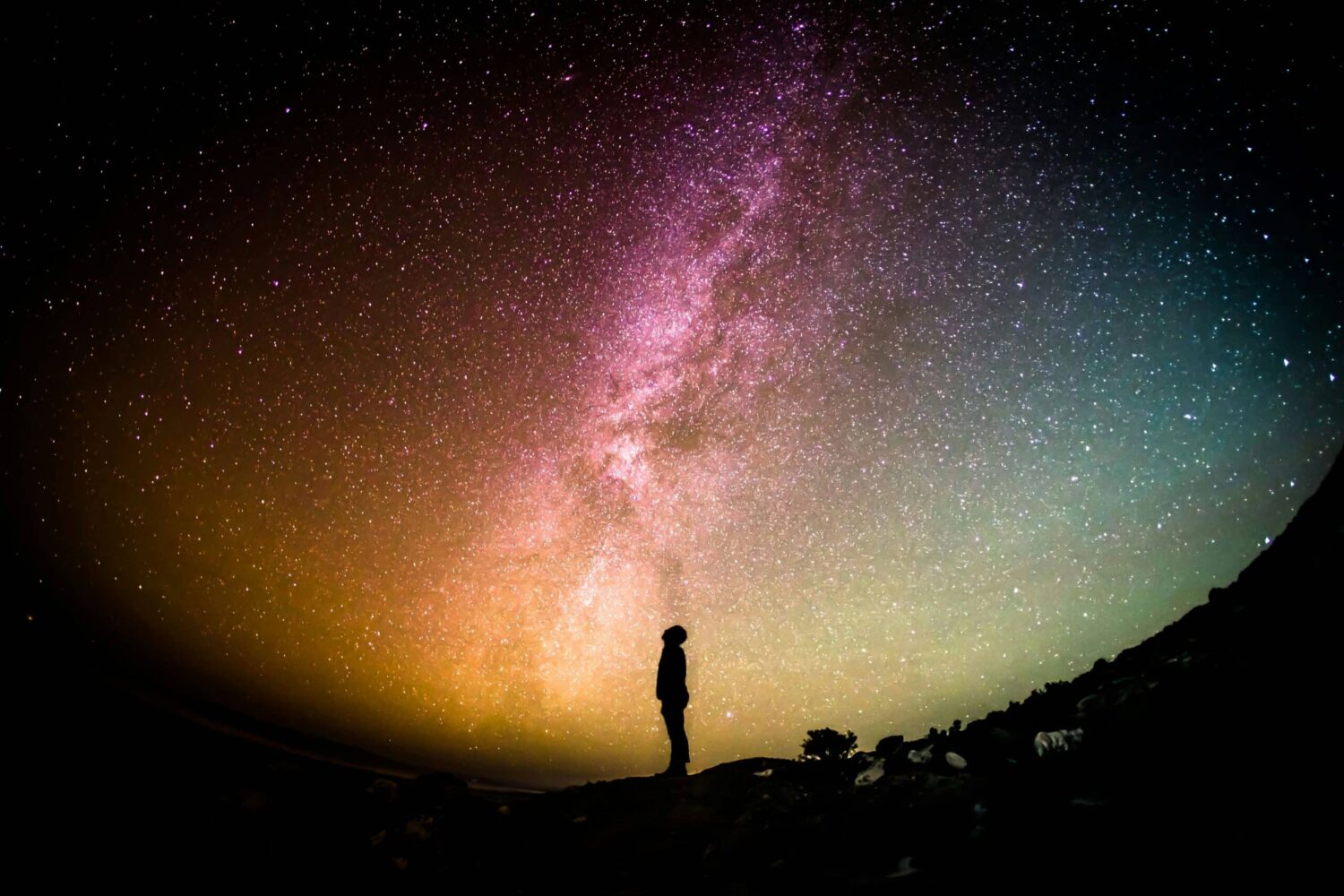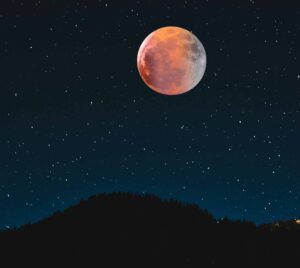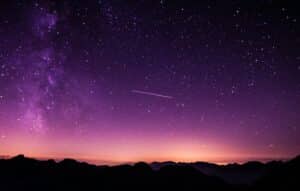Welcome to the March night sky. This is the month of the spring Equinox in the northern hemisphere. This year it happens on the 20th when the Sun crosses the celestial equator heading north. At this time, the whole world has approximately 12 hours of daylight and 12 hours of darkness.
The full Moon of the 14th has a total lunar eclipse. This happens when the full Moon enters into the shadow of the Earth. This time it starts at 5am. As the Moon is setting in the west just before sunrise, it will enter into the red shadow of the Earth. The Moon will turn dark red, and it will practically disappear from view before setting.
The planet Mercury is an evening object, being at its maximum distance from the Sun on the 8th. It will be low to the western horizon and not easily visible.
The planet Venus is still visible in the west just after darkness, but it will soon be lost from view closer to the Sun by mid-month.
The red planet Mars just passed opposition last month and it is close to the constellation of Gemini and is still quite bright. The Moon will be close to Mars on the 9th.
The gas planet Jupiter will be low in the west at sunset and the four Moons are still visible through a telescope. Our own Moon will be close to Jupiter on the 6th.
The ringed planet Saturn is now too close to the Sun and not visible. But if we could see it, the famous rings will be edge-on to us on the 23rd and will temporarily disappear from view.
At 11am on the 29th, the Sun has a partial Eclipse visible from Europe. The Moon will cover approximately 30% of the solar disc.
The only meteor shower in March is the Gamma Normids. This is a weak meteor shower from early to late March, peaking on the 15th. This is a southern hemisphere shower not well seen from Europe.
Much has been said about the Asteroid 2024 YR4. This asteroid is between 40-90 metres wide and has a velocity relative to the Earth of 38,000 miles per hour. It is said this asteroid has about 2% chance of hitting us on September 22, 2032.
The impact point is calculated to pass just north of the equator of the Earth between South America, Africa and Asia. The energy of the impact will be enough to destroy a city. But, almost certainly, the impact risk to us will likely reduce to zero when more measurements of the orbit are calculated.
The Moon is at first quarter on the 6th, full on the 14th, last quarter on the 22nd and new on March 29
Camera Obscura
281 322 527 | info@torredetavira.com www.torredetavira.com
To see the March Sky Map, click on the pdf link below


























